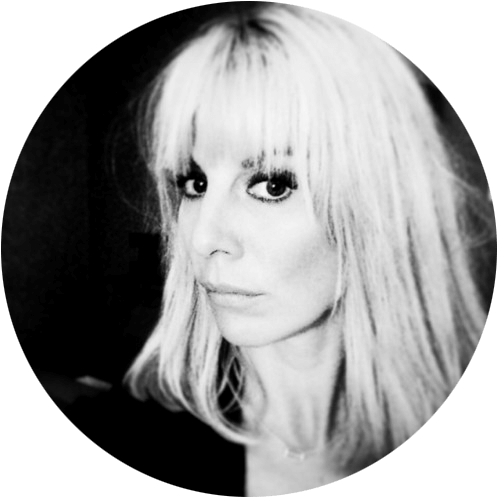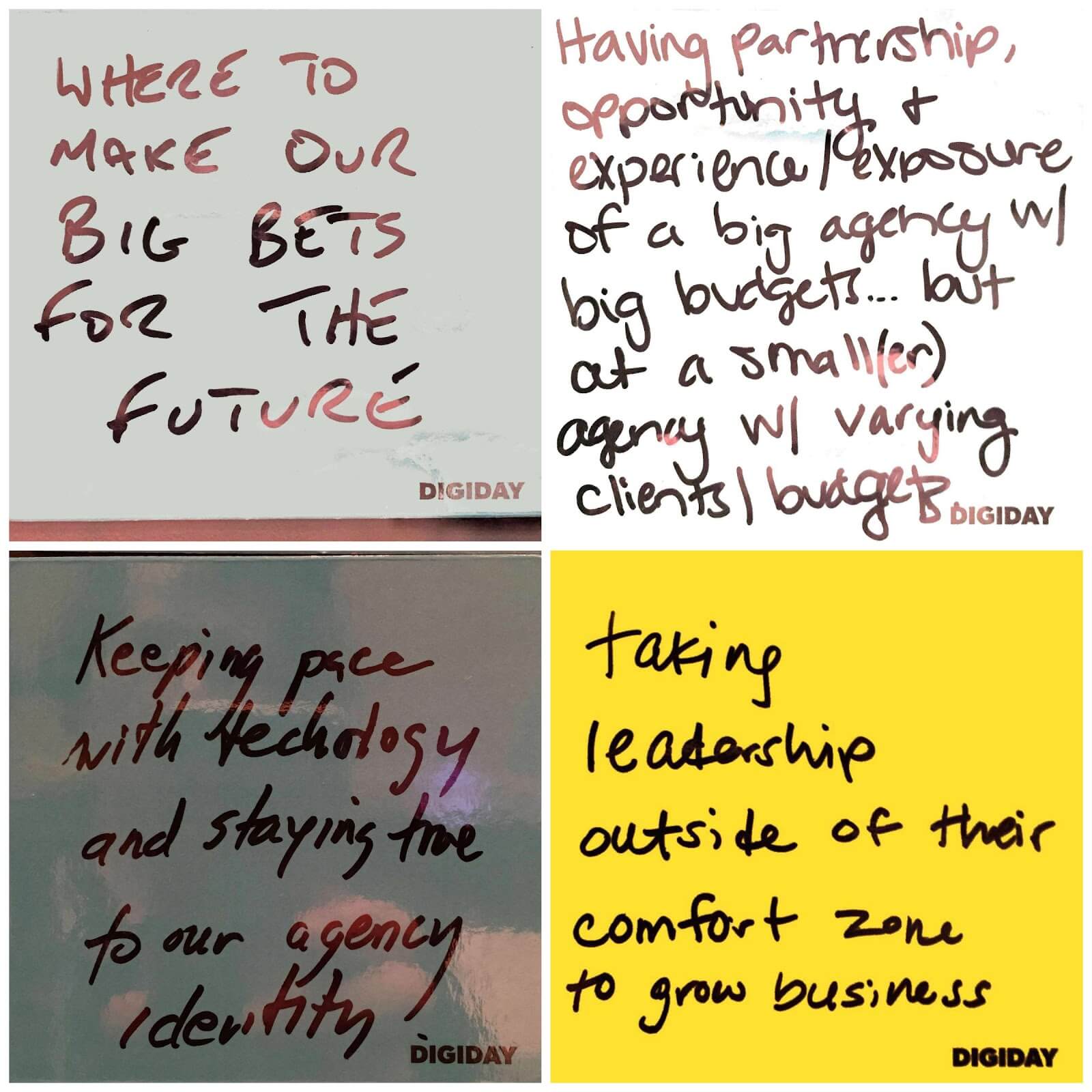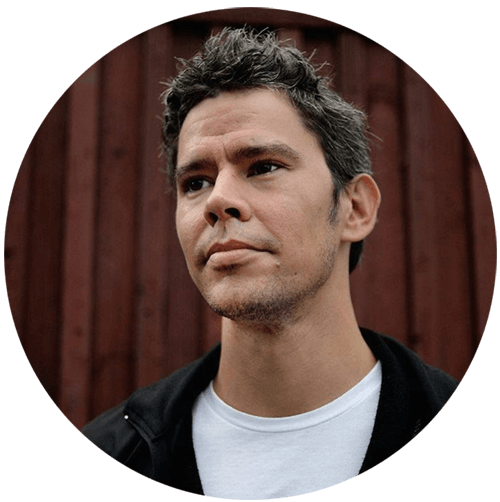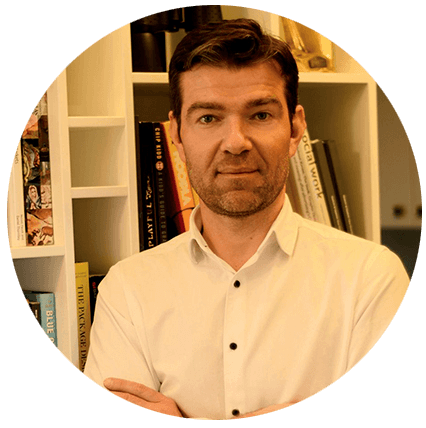Top Creative Project Management Tips from 9 Agency Leaders
Creative agencies are probably one of the most exciting places to work at. However, working at an agency isn’t the right fit for everyone. Besides being creative, it requires a sense of selflessness, and an underlying desire to see a job done well. You also have to be happy with the project management part of the job.
Traditional project management originates from the manufacturing industry, where monitoring resources and personnel hours are the keys to success. But what happens when you apply project management techniques to the creative world of agencies where the idea is the product?
Creatives tend to approach things differently, think with the right side of their brain. There are often producers and project managers in a creative team, but every artist must still fill the role of a project manager to some extent, with a dash of account services, strategy, and technical expertise. Because they are the doers, the go-getters, the people everyone in the agency can count on.
We asked 9 agency leaders and creatives for the inside scoop – how do they tackle creative projects and bring a good idea to life with no casualties?
Melissa Wolf, Account Director at Leo Burnett, Chicago
 |
|
Lise Skovsted Larsen, Sr. Art Director, New York
|
|
|
Joao Rei, Digital Strategist at Havas, Tallinn
|
|
|
Joao suggests: “Get the team well briefed and all on the same page regarding the goals of the project. Get the team to sit together and work together for as much as possible for the duration of the project (that’s why we are moving to self-managed cross-functional teams in Havas).
And one last word about ownership. When you use Slack or Basecamp for communication, there’s a false sense that just because someone else knows about the project, they’ll handle it and take care of it. That’s not the point of communication. It shouldn’t be used as a way to offload responsibility from yourself.
Ownership in a creative project is super important. This isn’t about defining roles within a team. This is about making sure that the whole team has ownership about the outcomes that are sent to a client and making sure they see the results of their work after the work has gone live.”
Everything about your business, one click away
Kaupo Kõrv, Designer & Founder of Haiku, Tallinn
|
|
|
Kaupo adds: “Defining and agreeing on the key goals and boundaries of the project early on, will give you the ability to refer back and use this as the steering wheel. Now everyone has a calibrated compass to take on the creative challenge at hand without getting too lost. Hopefully.”

via Digiday
Joe Piccolo, Creative Director at McCann Canada
 |
|
Joe adds: “The next most important factor is the people. Everyone needs to believe in that idea and fight to keep it as close to the original vision as possible. There will be tons of obstacles along the way and without everybody working tirelessly and in unison success will be nearly impossible.
And lastly, there needs to be a proven process in place. A process that includes great resources and equipment.”
Varis Lazo, Partner at Adell Saatchi & Saatchi Latvia
|
|
|
Nils Kajander, Co-Founder & Managing Director of Bond Agency
 |
|
Nils further suggests: “So, everyone involved – client including – should know exactly what are the deliverables at each phase of the project, and when are the deadlines – even if the latter is pretty obvious. Yet when it comes to the deliverables, the case is often quite different.
For this reason, us, Bond, have very clearly defined processes, with clear phases and deliverables to go with the phases. And even if one might think that “processes” are by default somehow limiting, what these actually do, is liberating (the creativity). Not to mention what clear processes mean for a client: something a bit mystical (i.e. creative process) becomes very understandable and easy to buy, also creating a safe feeling. And when one feels safe, it’s more likely that the decisions made are bold.
Often exactly the opposite happens. The client feels unsafe because of how the creative project is being run, and the decision-making itself becomes very cautious. The client settles with the safe and familiar creative work, which is not necessarily something that would make a difference, nor solve client’s business challenges.”
Rauno Kutti, Co-Founder & Creative Director of VURR
|
|
|
Rauno adds: “Having many creative and analytical partners plus testing subjects is also super important for the creative idea to mature, this again is the information I would personally love to take into account before signing my name on it. Of course, there’s room for trust in the team, but being able to double-check all the developments during the process is a must.
Today we can do that online, even through mobile apps, so having team meetings daily is just not that world anymore.”
Read more: The Curious Case of Creative Agencies – Chaos vs Structure

via Digiday
So how to sum up the best way to manage creative projects?
1. Clear communication
Making sure everyone is on the same page and aware of the same developments or issues requires more than haphazardly sent memos. It takes organization and commitment from both your team and the client.
Clear and honest communication is the first step in understanding what services the client needs and what their expectations are, as well as what they think of the current progress. They need to understand what your team is developing for them, what the timeline looks like.
Always over-communicate, encourage sharing between departments, and define channels for specific conversations.
2. Get organized
Producing creative ideas is at the core of an agency, but the bottom line of any business is productivity. If you aren’t delivering on your ideas within a promised time frame, you will lose clients – no matter how great your ideas or services may be.
Reviewing and optimizing your agency’s processes certainly takes work, but it pays major dividends in long-term efficiency. It’s important to create clear, easy-to-follow workflows. This ensures that steps aren’t missed and that the final product has been vetted at each essential stage.
Leverage technology to make processes seamless and easy. There are many good tools out there. Be sure to give your company and employees the tools they need to do the best job they can.
3. Teamwork
Effective teamwork is the foundation of a successful agency. No matter how many talented workers a company has, it will be hard to build a profitable business if employees don’t work as a team.
Today’s teams are different from the teams of the past. They’re more dispersed, digital, and diverse. But while collectives face new challenges, their success still depends on a core set of fundamentals that make a team a good team: trust, collaboration, hard work, appreciation, purpose, agility, and creativity.
4. Setting goals
When it comes to establishing your agency’s goals, try implementing the acronym:
S = Specific – Target a specific area to improve.
M = Measurable – Qualify and quantify what accomplishing that goal will look like.
A = Accountable – Specify who is responsible for that task or objective.
R = Realistic – Given current resources, identify what results can realistically be achieved.
T = Time-Related – Specify when the goal will be achieved.
5. Focus on yourself (not everyone else)
Agencies, being in the business that they are, often find that their destinies are intertwined with their clients.
Andrew Benett, global CEO of Havas Worldwide has said:
“For organizations whose biggest capital is people, agencies don’t spend a lot of time thinking about how to make people happy.”
Decreasing job satisfaction levels and general unhappiness are not unique to agencies.
“The agency world is hyper-competitive because everyone’s fighting for the same thing.”
– Andrew Wefald, a professor at Kansas State specializing in job satisfaction issues.
Agencies haven’t spent enough time developing the culture. There is, however, light at the end of the tunnel. For its part, agency 72andSunny has created a position called “director of culture and coaching.”
Cyndi Yee, the first to hold the job, is an agency vet now responsible for ensuring cultural happiness and mental health of the shop’s employees.
“Tech companies have led the way with unlimited vacations and good environments, but we haven’t caught up,” says Yee.
Everything about your business, one click away
Read on:
The Biggest Mistake Growing Agencies Make – And How to Avoid It







